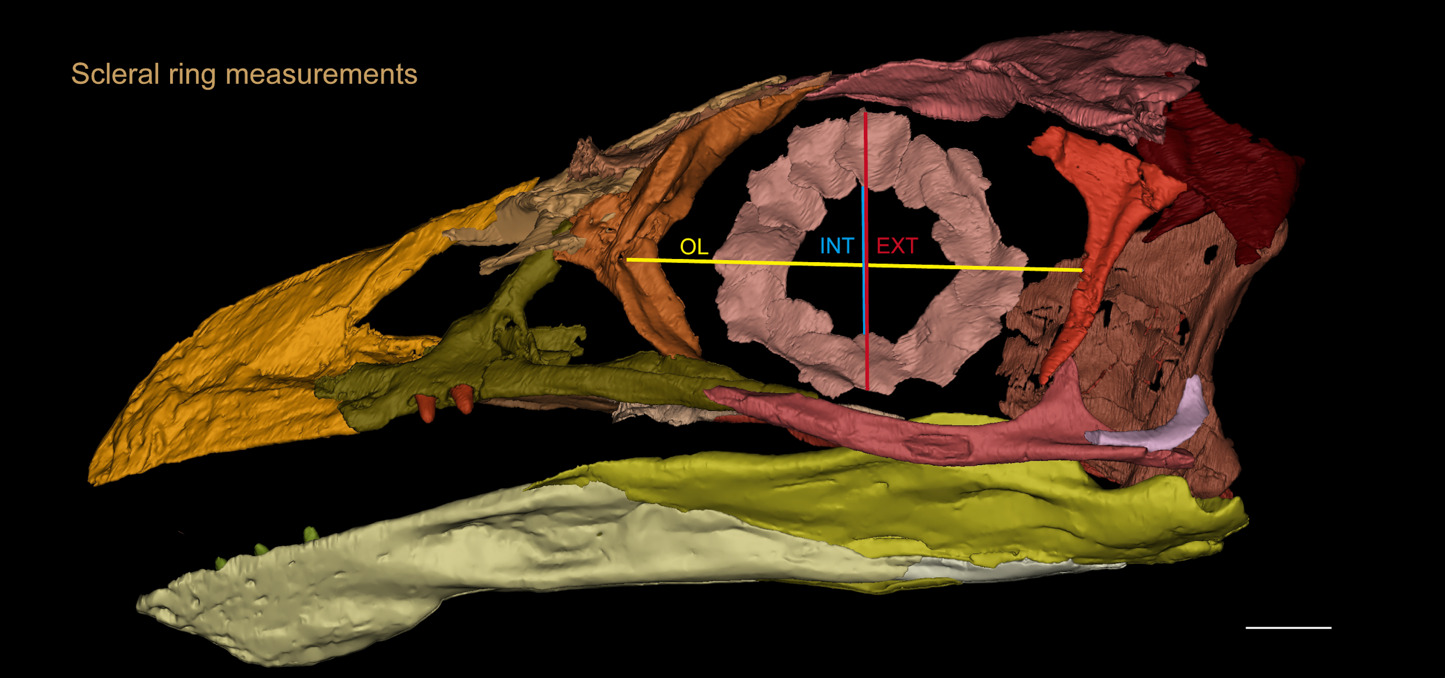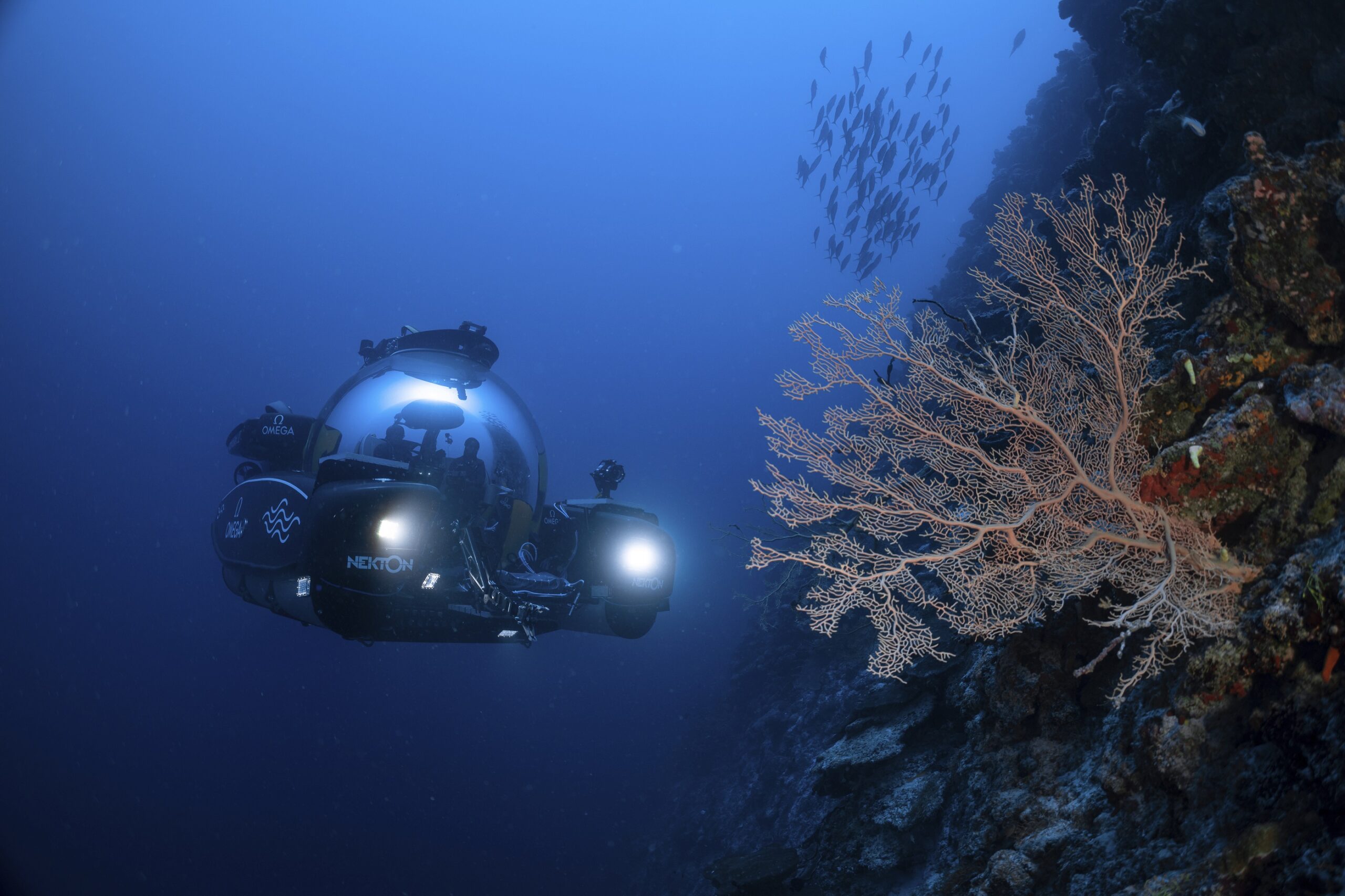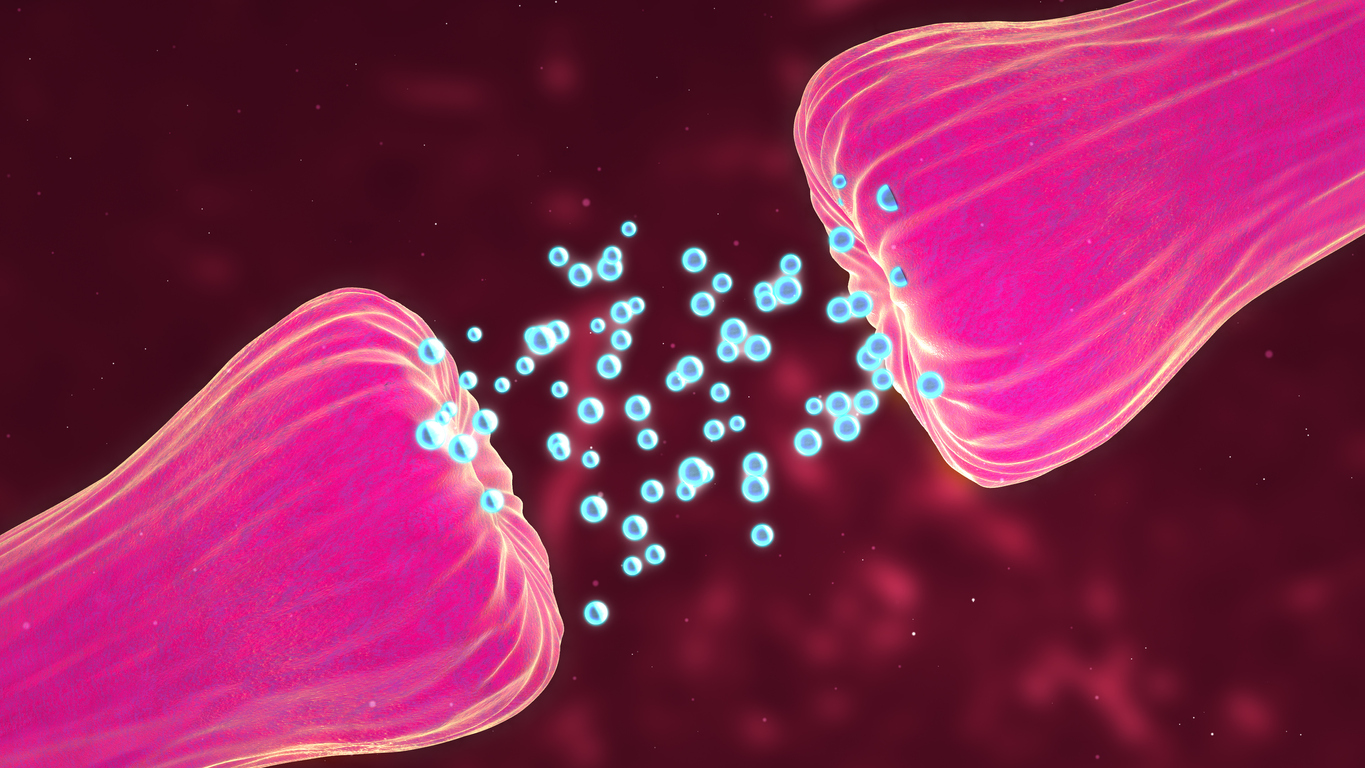Megatooth sharks like Otodus megalodon, more generally known as megalodon, lived in the world’s waters between 23 and 3.6 million years ago. These megatooth sharks might have reached a length of 20 metres and lived in every ocean on the planet. The world’s largest great white sharks, on the other hand, are just about six metres long.
The megalodon’s gigantism and subsequent extinction have been attributed to a variety of circumstances; nevertheless, the megalodon’s diet and food competition are universally acknowledged as major contributors.
Examining the megalodon diet.
For this study, the researchers looked at zinc stable isotope ratios in modern and prehistoric shark teeth from throughout the world. Megalodon and great white shark teeth, both current and fossil, were used in this investigation.
The trophic level of an animal reflects how far up the food chain it consumes, and researchers can now assess an animal’s trophic level using this new technique. The nitrogen isotope analysis of tooth collagen, an organic tissue of tooth dentine used to estimate the quantity of animal matter consumption, is equivalent to the zinc stable isotope study of tooth enameloid, a highly mineralized component of teeth.
Zinc stable isotopes were found in the enameloid, a highly mineralized region of teeth. Collagen is not preserved across the timescales studed, according to Jeremy McCormack of the Max Planck Institute for Evolutionary Anthropology and so, normal nitrogen isotope testing is not viable.
The findings showed for the first time that diet-related zinc isotope fingerprints are preserved in the highly mineralized enameloid crown of prehistoric shark teeth.
Parallels between extinct and present sharks.
The researchers used this cutting-edge technology to compare and contrast the tooth zinc isotope signatures of extinct Early Miocene (20.4–16.0 million years ago) and Early Pliocene (5.3–3.6 million years ago) shark species with those of living sharks.
In both ancient and present corresponding taxa, zinc isotope signals were discovered to be consistent. This illustrates that variations in zinc isotope values at the base of marine food webs can be minimal, validating the method.
The researchers then looked at zinc isotope ratios in megalodon teeth from the Early Pliocene, as well as those in earlier megatooth sharks from the Early Miocene, Otodus chubutensis, and contemporaneous and modern great white sharks, to see how these iconic species influenced past ecosystems and each other.
The findings show that megalodon and its ancestor were undoubtedly apex predators feeding at the top of their respective food chains. What was absolutely unexpected was that zinc isotope readings from Early Pliocene shark teeth from North Carolina suggest that early great white sharks and the much larger megalodon had overlapping trophic levels, the researchers concluded.
This means that in the food chain, Megalodon and great white sharks competed for the same prey.
Even though more research is needed, evidence suggests that megalodon and early Pliocene great white sharks battled for food.
Zinc and other modern isotope technologies provide a distinct historical perspective. The findings demonstrate that using zinc isotopes to examine the food and trophic ecology of prehistoric organisms over millions of years is a viable option. This technique can also be used to investigate the feeding and trophic ecology of other prehistoric species, including our own ancestors, say the researcher.
Story Source: Original press release by Max Planck Institute for Evolutionary Anthropology. Note: Content may be edited for style and length by Scible News.
References
Jeremy McCormack, Michael L. Griffiths, Sora L. Kim, Kenshu Shimada, Molly Karnes, Harry Maisch, Sarah Pederzani, Nicolas Bourgon, Klervia Jaouen, Martin A. Becker, Niels Jöns, Guy Sisma-Ventura, Nicolas Straube, Jürgen Pollerspöck, Jean-Jacques Hublin, Robert A. Eagle, Thomas Tütken. Trophic position of Otodus megalodon and great white sharks through time revealed by zinc isotopes. Nature Communications, 2022; 13 (1) DOI: 10.1038/s41467-022-30528-9








